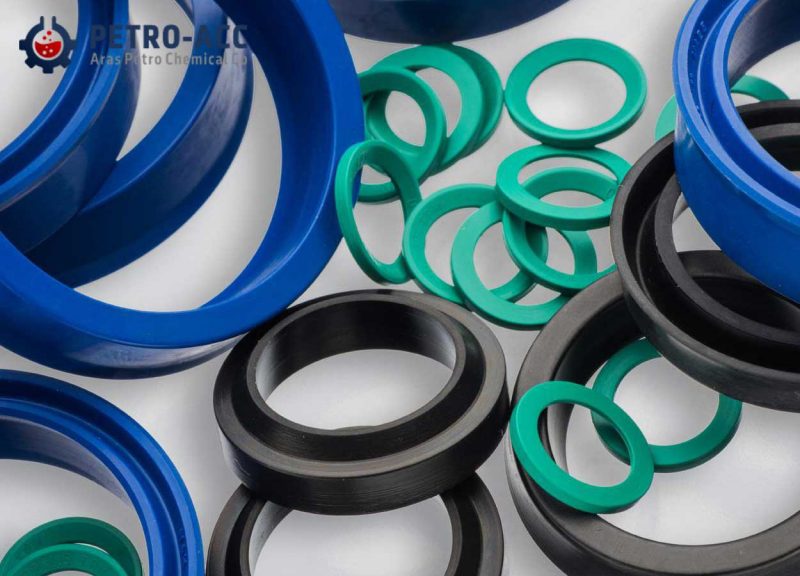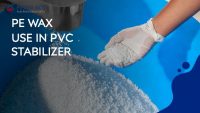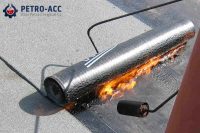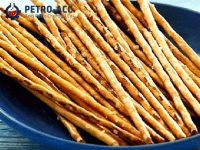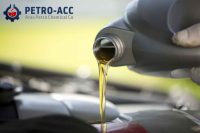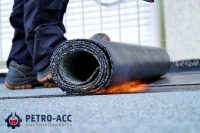Polyethylene wax (PE wax) is a versatile material that finds applications in various industries, including the rubber industry. In the rubber industry, Polyethylene wax is used as a processing aid and as a lubricant.
Polyethylene wax is added to rubber compounds to improve their processability and reduce energy consumption during processing. It acts as an internal lubricant, reducing the friction between rubber particles and the processing equipment. This results in smoother processing and reduced wear on equipment. PE wax also improves the flow properties of rubber compounds, making them easier to process and reducing the likelihood of defects such as voids, porosity, and surface imperfections.
In addition to its processing benefits, Polyethylene wax can also improve the physical properties of rubber products. It can increase the flexibility and elasticity of rubber compounds, improve their tear strength and abrasion resistance, and reduce their coefficient of friction.
Polyethylene wax is typically added to rubber compounds in concentrations ranging from 0.5% to 5% by weight, depending on the specific application and the desired performance characteristics. It can be added directly to the rubber compound during mixing or as a pre-blend with other ingredients.
Overall, the use of Polyethylene wax in the rubber industry can lead to improved processing efficiency and product performance, making it a valuable additive for rubber manufacturers.
BENEFITS OF USING PE WAX IN RUBBER
Here are some benefits of using PE wax in rubber:
- Improves processing: PE wax helps improve the processing of rubber compounds by reducing viscosity and improving flow properties. This results in easier mixing, shorter mixing times, and faster processing, which can lead to increased productivity and reduced costs.
- Enhances physical properties: PE wax can improve the physical properties of rubber products, such as tensile strength, elongation, tear resistance, and hardness. It can also help reduce the coefficient of friction and improve abrasion resistance.
- Increases durability: PE wax can enhance the durability of rubber products by improving their resistance to water, chemicals, and UV radiation. This can result in longer-lasting products that are less likely to degrade or fail over time.
- Improves surface finish: PE wax can improve the surface finish of rubber products by reducing surface defects, such as porosity and unevenness. This can result in smoother and more aesthetically pleasing products.
- Cost-effective: PE wax is a cost-effective additive compared to other waxes, such as paraffin wax or microcrystalline wax. It can provide similar benefits at a lower cost, making it an attractive option for rubber manufacturers.
Overall, Polyethylene wax can provide numerous benefits to rubber processing, such as improved processing, physical properties, durability, surface finish, and cost-effectiveness.
METHODS OF USING PE WAX IN RUBBER
Polyethylene wax can be used as an additive in rubber formulations to improve processing and mechanical properties. Here are some common methods of using PE wax in rubber:
- Mixing during compounding: PE wax can be added to the rubber compound during the compounding stage. This method is effective in improving the processing properties of rubber, such as reducing viscosity, improving flow, and reducing mold fouling.
- Dusting during molding: PE wax can also be used as a dusting agent during molding. In this method, the PE wax is applied as a fine powder to the mold surface before the rubber is added. The wax helps to prevent sticking of the rubber to the mold, reducing defects and improving surface finish.
- Incorporating during calendering: PE wax can be incorporated into rubber sheets during calendering. The wax helps to improve the mechanical properties of the rubber, such as tensile strength and tear resistance, while also improving processability.
- Blending with other additives: Polyethylene wax can be blended with other rubber additives such as processing aids, fillers, and antioxidants. This method can enhance the compatibility between different components of the rubber formulation, improving the overall performance of the final product.
It’s important to note that the amount and method of adding Polyethylene wax will depend on the specific rubber formulation and intended application. The optimal dosage and method of addition should be determined through experimentation and testing.
HOW PE WAX DECREASES RUBBER PRODUCTION COSTS
Polyethylene wax can decrease rubber production costs by acting as a processing aid and improving the flow and dispersion of rubber compounds during mixing and processing. Polyethylene wax can also act as a lubricant, reducing the energy required for processing and improving the release of the final product from molds.
When added to rubber compounds, Polyethylene wax can improve the properties of the final product, such as its hardness, elasticity, and resistance to wear and tear. Additionally, because Polyethylene wax has a lower melting point than rubber, it can reduce the processing temperature required, which can lead to lower energy costs and faster production times.
Overall, the addition of Polyethylene wax to rubber compounds can increase the efficiency of the production process and lead to cost savings, making it a popular choice in the rubber industry.



